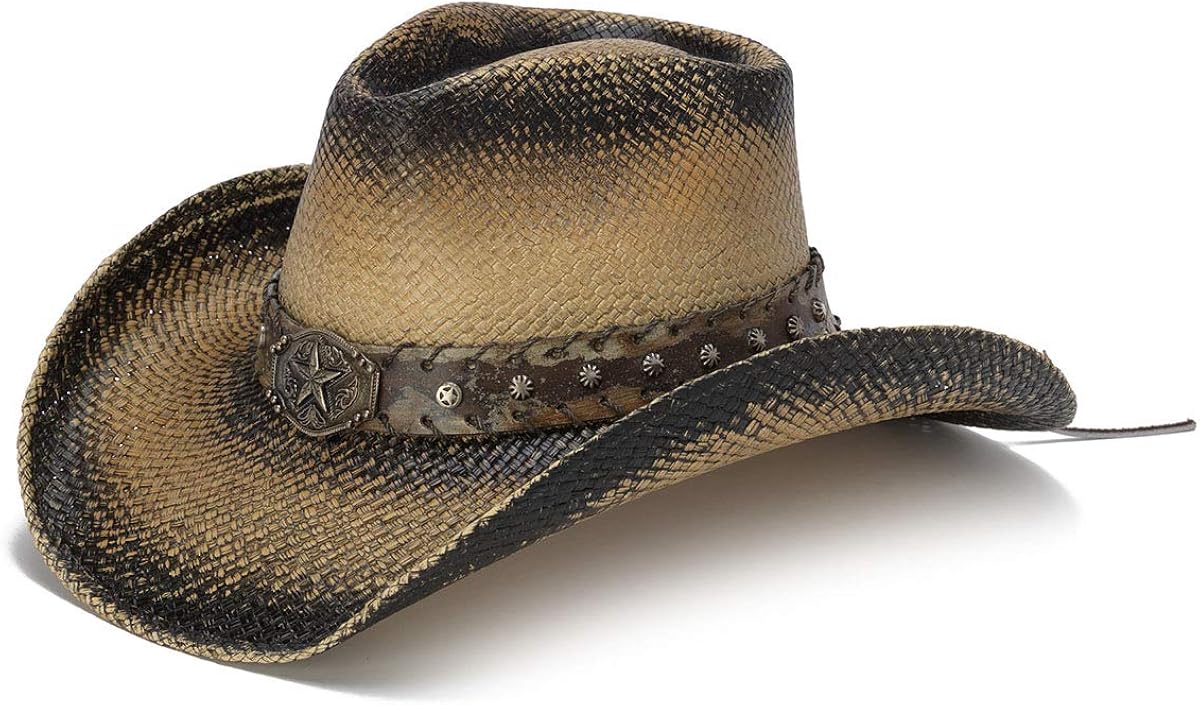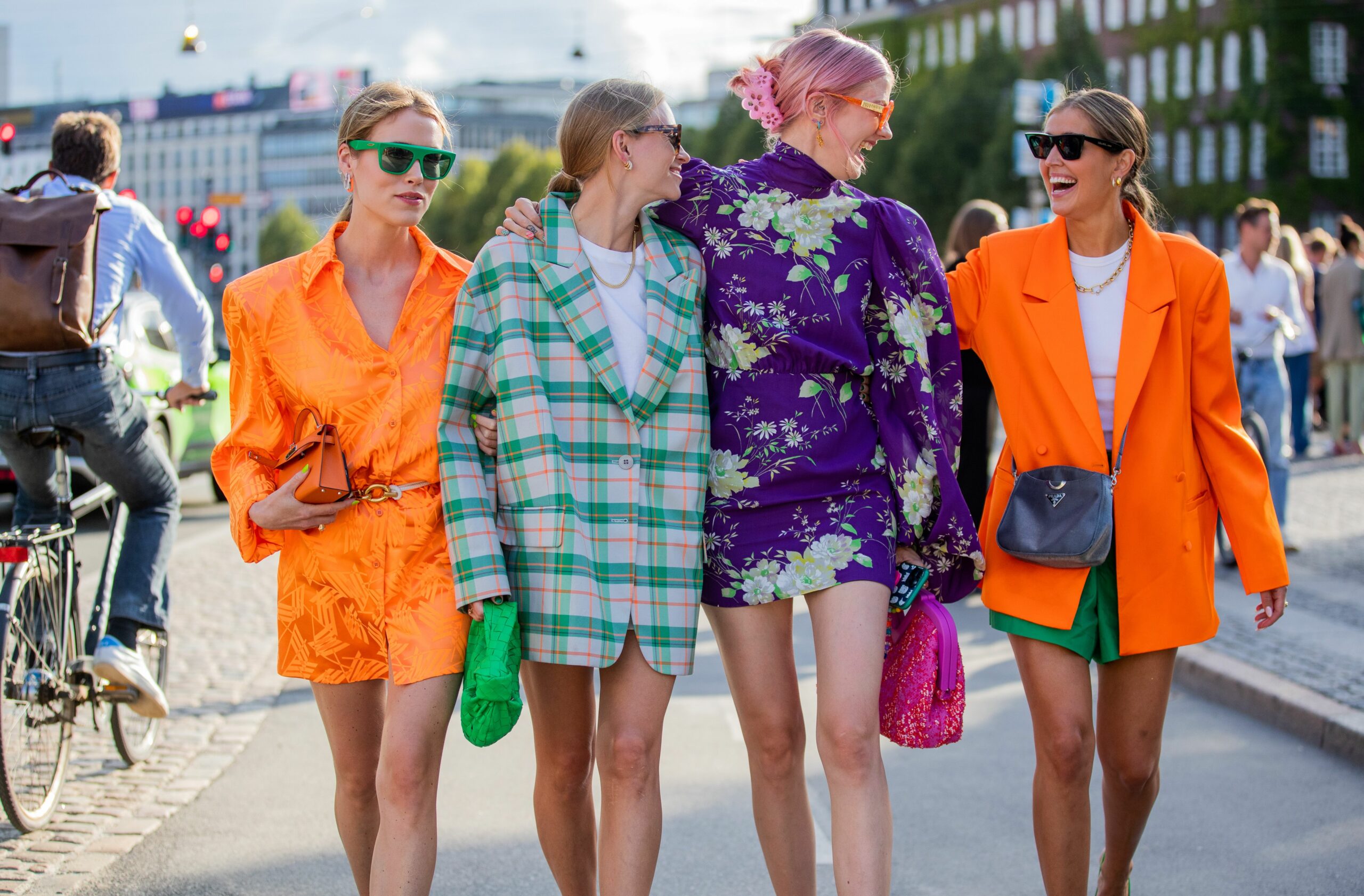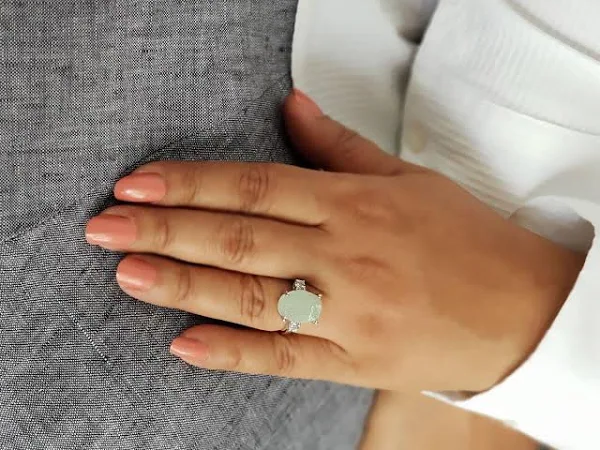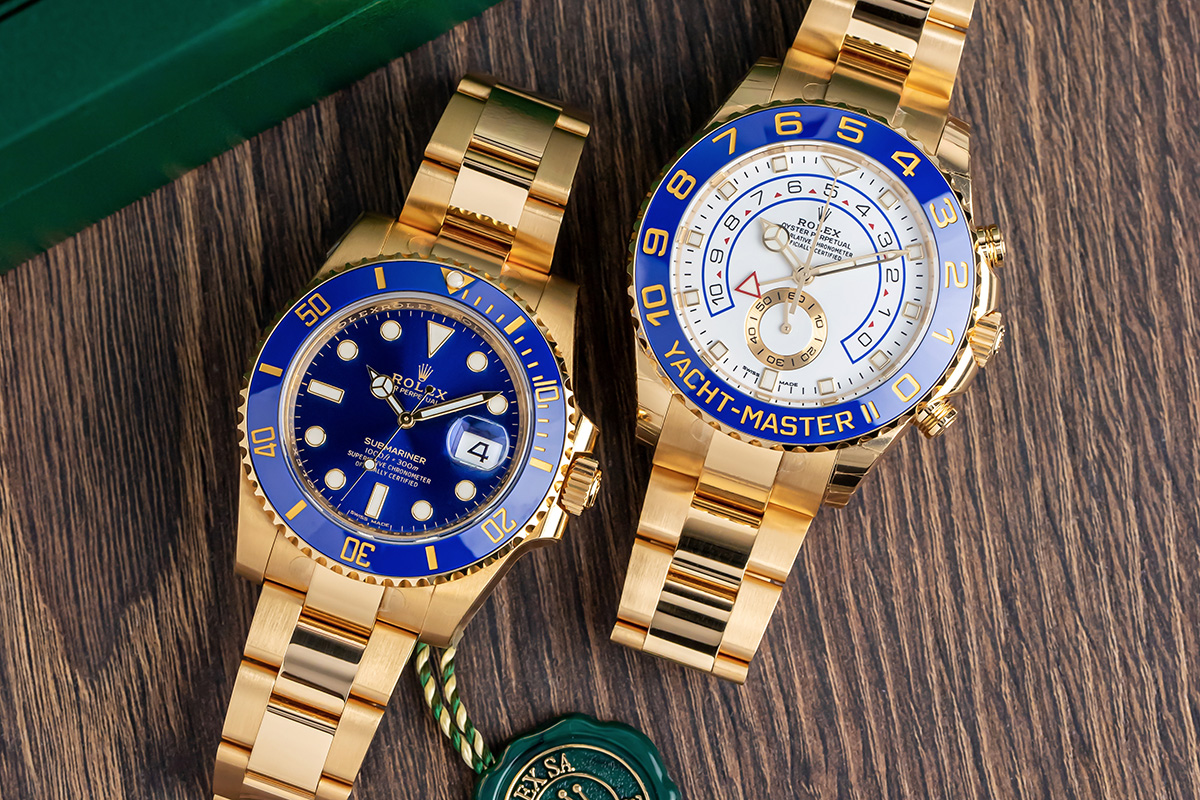
Wearing a hijab may be a religious act for some Muslim women today, a method of displaying their allegiance to God. Both men and women are instructed in the Quran to dress and behave modestly. Muslim women’s dress, on the other hand, isn’t only about religious observance. It has been used to declare identity in the past – and the present. Muslim women were urged to be more like European women and remove their niqab during colonial control. According to Killian, the cover became a “symbol of national identity and hostility to the West” as desires for independence from colonial authority rose.
What does it mean to wear a hijab?
Men and women are educated to dress modestly in Islam. When with men outside the immediate family, also known as Mahram, Islam requires women to cover their heads with a piece of clothing called a veil or Hijab.
What are the different kinds of headscarves?
HIJAB: The most frequent form of the headscarf is the HIJAB, which covers the head and neck. Hijab comes in a variety of colors and designs.
Burqa: The burqa covers the whole body, with just the eyes exposed via a mesh.
NIQAB: The Niqab and the Burqa are nearly identical. Only the eyes are visible since it covers the whole body.
Why do Muslim women cover their heads?
Hijab has always been a contentious issue, or at the very least, a one that is rarely discussed by those around people. It was never a question for Muslim women who wore the Hijab. On the other hand, other ladies and young girls, who donned Hijab without understanding their significance, were frequently perplexed.
To appreciate its significance, one must first understand that humility has always been an integral element of Islamic culture. A hijab promotes modesty on both a physical and spiritual level. When a woman covers her head as Allah demands, she demonstrates her faith in Allah and her acceptance of all of his rules. It strengthens the bond between the Almighty and that lady.
Pride of Hijab
In today’s world, some Muslim women may choose to wear the Hijab to show their pride in the face of Islamophobia. World Hijab Day was established in 2013 as a result of the efforts of Nazma Khan, a Bangladeshi immigrant to the United States who had been ridiculed for wearing a headscarf. She decided to organize a day when Muslim and non-Muslim ladies may try on the Hijab.
According to sociologist Z. Fareen Parvez, the anti-headscarf act was a “turning point” in the lives of Muslim women seeking acceptance and integration into French culture. For many women, the headscarf is more than a religious symbol; it is a way of life.
However, focusing on Muslim women’s dress diverts attention away from other concerns and the efforts of Muslim feminist groups to effect change. Female Muslim religious experts, or llamas, in Indonesia, for example, assist in transforming Islam’s understanding and practice.
According to researcher Rachel Rinaldo, a new generation of female religious leaders has emerged in Indonesia over the last three decades who are reading the Quran in a way that empowers women. Because female llamas are trained Islamic scholars, their words are more respected than women’s rights campaigners, argues Rinaldo.
Fatwas – nonbinding religious edicts – condemning child marriage, sexual assault, and environmental degradation were issued by a 2017 conference of female Muslim spiritual experts in Indonesia, including attendees from Kenya, Pakistan, and Saudi Arabia.
Conclusion
Islam requires the wearing of a veil or niqab. Women wear Hijab because it is Allah’s instruction to his followers. Apart from that, veils are seen as a symbol of obedience, chastity, and purity. It’s Allah’s way of putting his people to the test!






